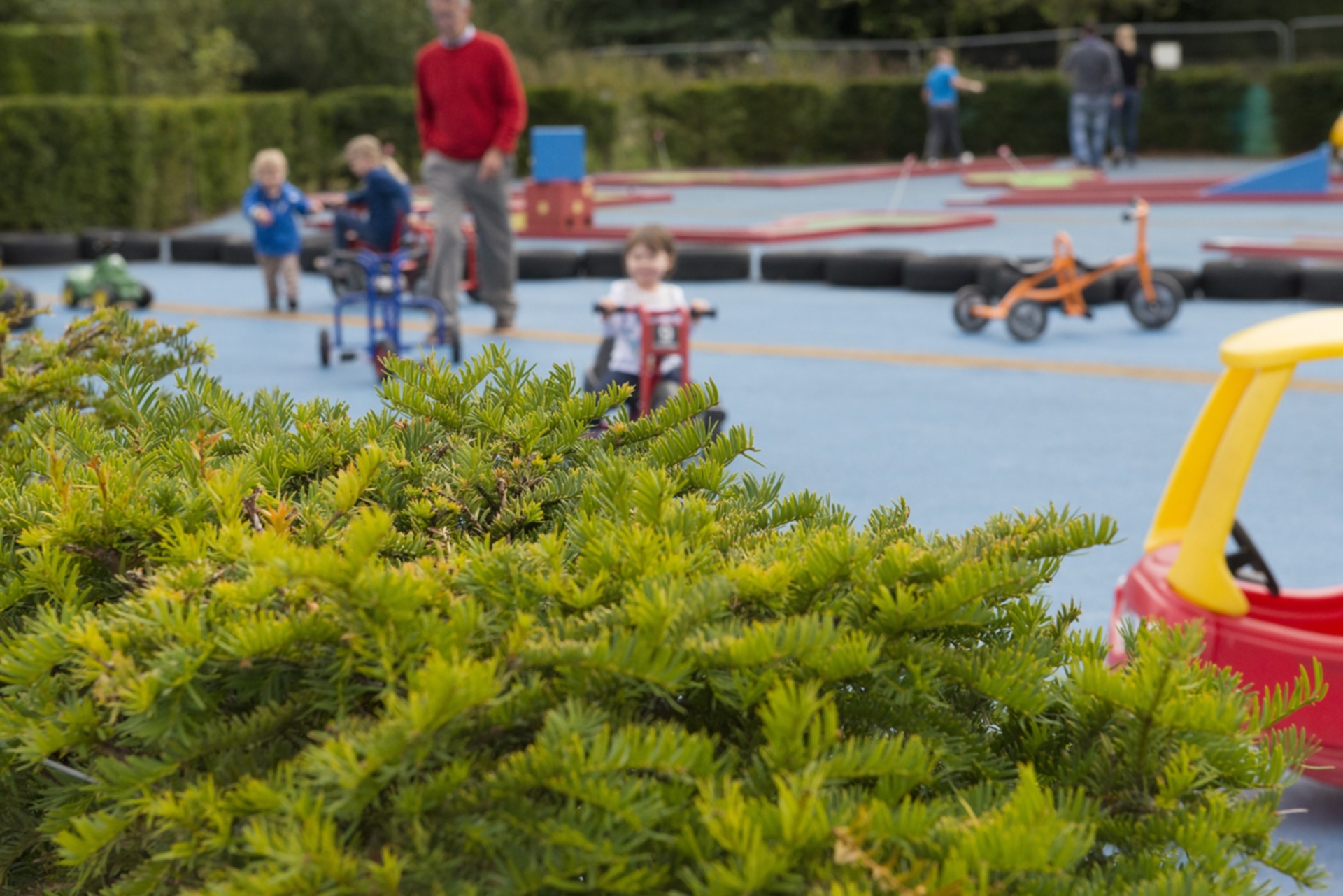Parents have been reminded of the dangers to children of poisonous plants amid concerns about a toxic hedge in a St Andrews park.
Keen gardener Ian Scott was horrified to spot a common or English yew surrounding the children’s play area in Craigtoun Country Park on a visit with his grandchildren.
The conifer – which goes by the Latin name taxus baccata – can kill within hours if ingested.
Yew trees are commonly found in churchyards.
Although the species is on a list prepared by the Royal Society for the Prevention of Accidents of plants which should be “absolutely avoided” near children’s play areas, it is also frequently found in parks.
Mr Scott, of Arbroath, said: “This is a fatality just waiting to happen.
“Even a small piece of this plant would be enough to kill a little toddler.”
Fearing for the safety of youngsters using the popular park, he contacted The Courier to warn parents of the hazard of the common yew and prompt Fife Council to take action.
He said: “I’m a keen gardener and I know my plants.
“You should never have something like that near a children’s play area and surely the council’s gardeners would know that.”
All parts of the evergreen are toxic, except the berry flesh, and can kill within hours of ingestion.
The plant contains taxine, a rapidly absorbed complex of alkaloids, which can cause accelerated heart rate, muscle tremors, convulsions and eventually cardiac arrest.
However, cases of humans dying as a result of yew poisoning are rare.
The Friends of Craigtoun Park, who run the park, said Fife Council, which owns the attraction, is responsible for its plants.
Council service manager Damien Woods said: “Like a great number of native flowers, shrubs and trees the common yew can be poisonous if ingested.
“The yew is found in parks and countryside the length and breadth of Britain and is commonly used for hedge mazes.
“This particular hedge was planted around 10 years ago but we have other yew hedges in the park which have been established for decades.
“It was planted to be in keeping with the Victorian look and feel of the park.
“Any park or public space could pose a potential risk to young children and they should be closely supervised at all times.”










